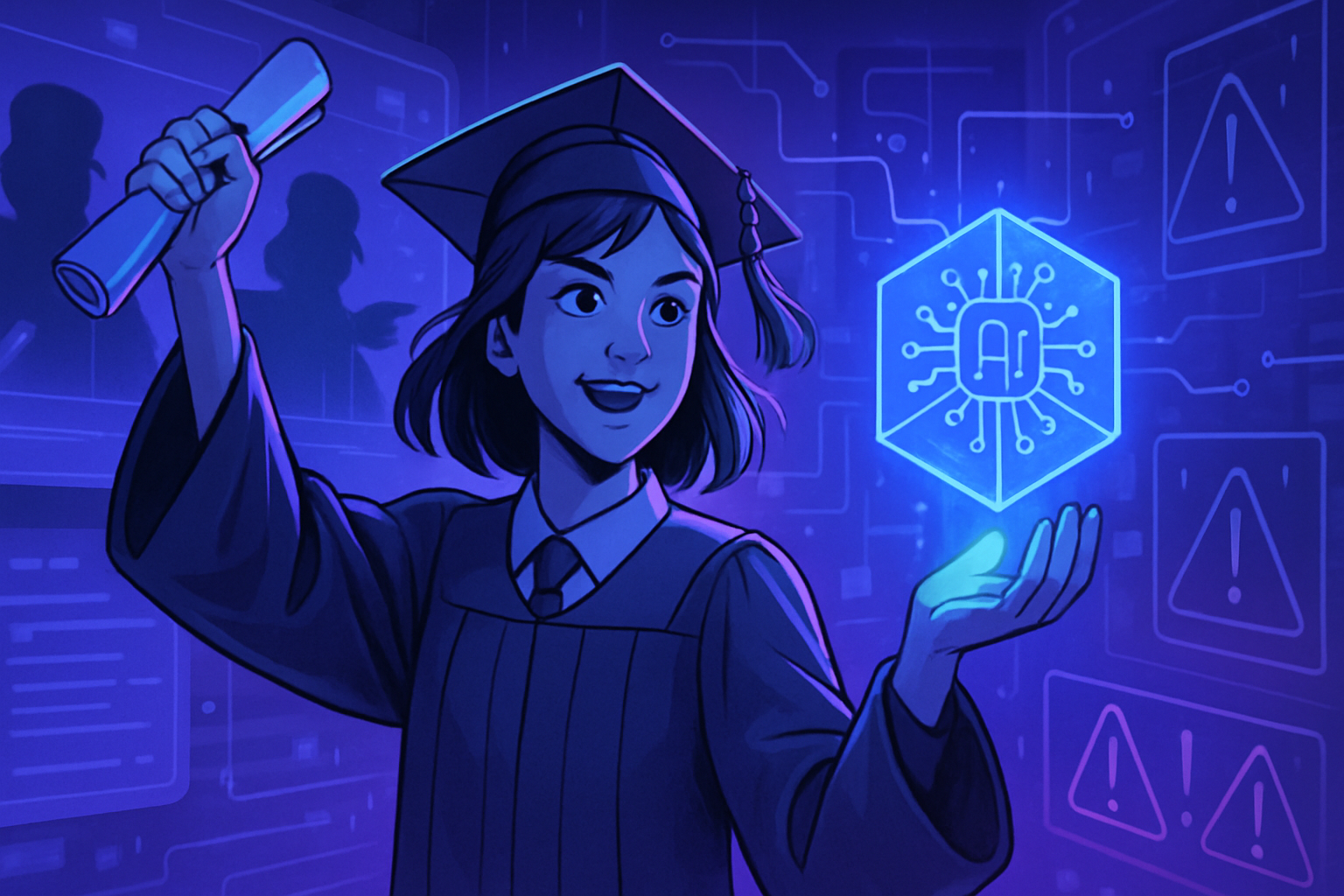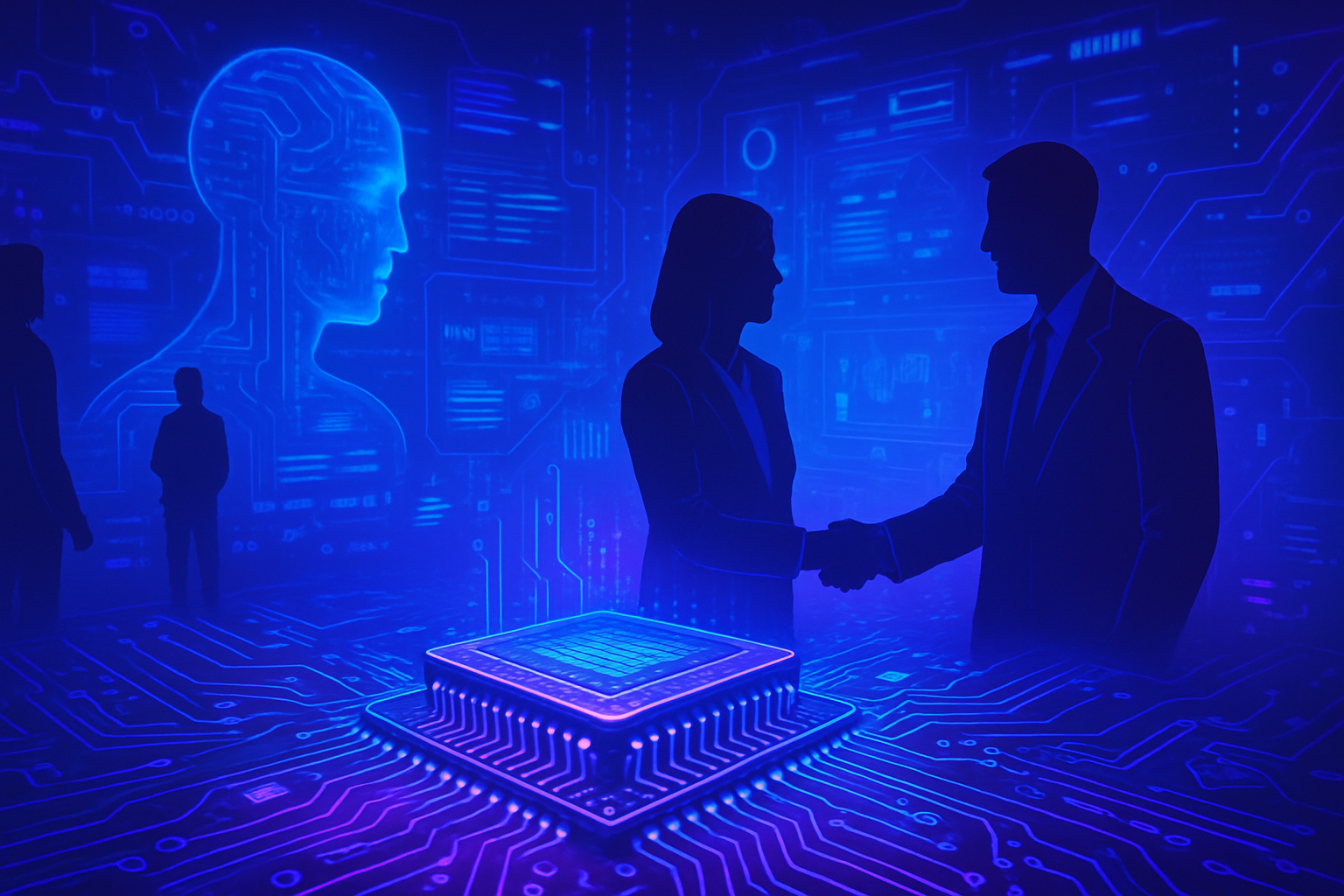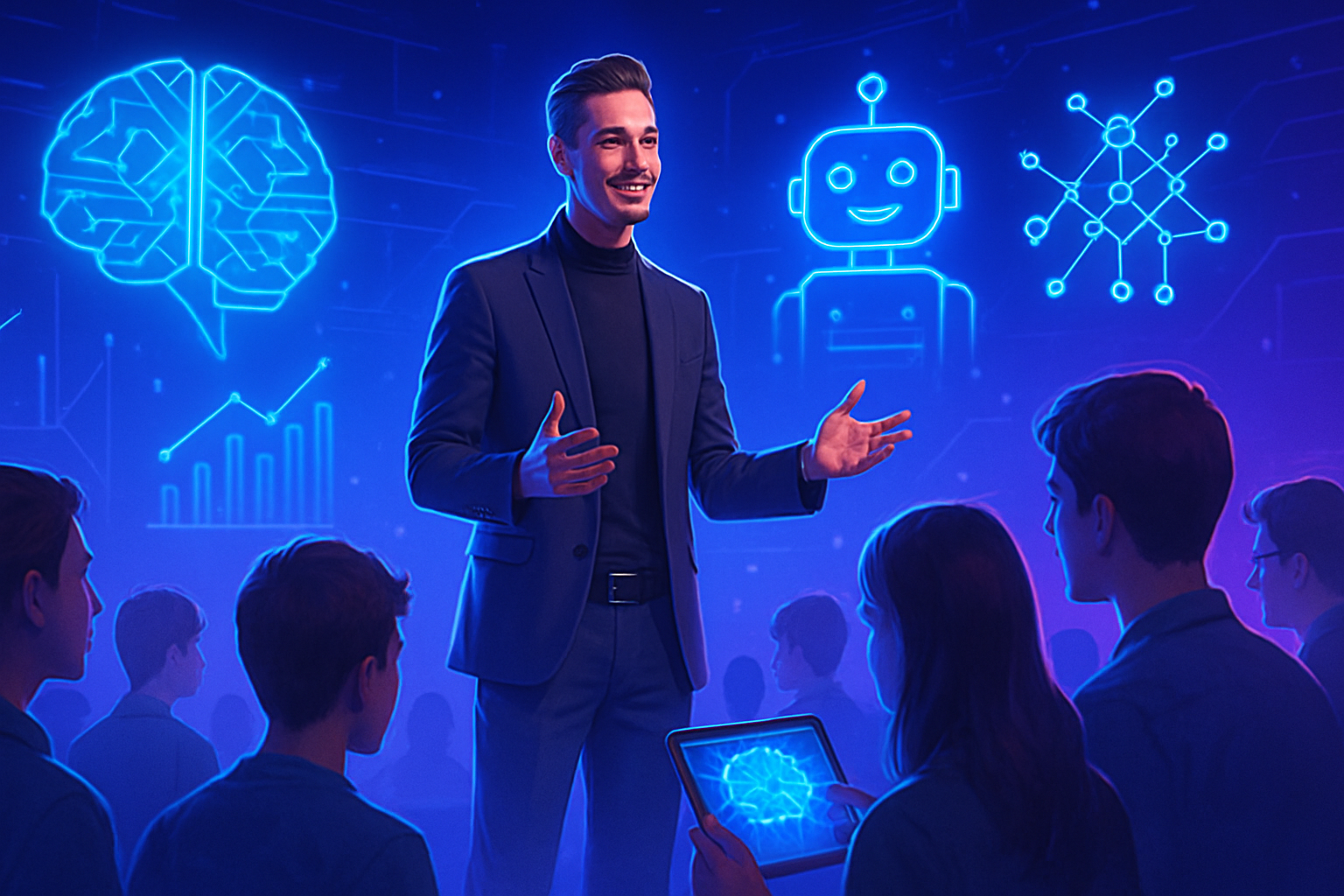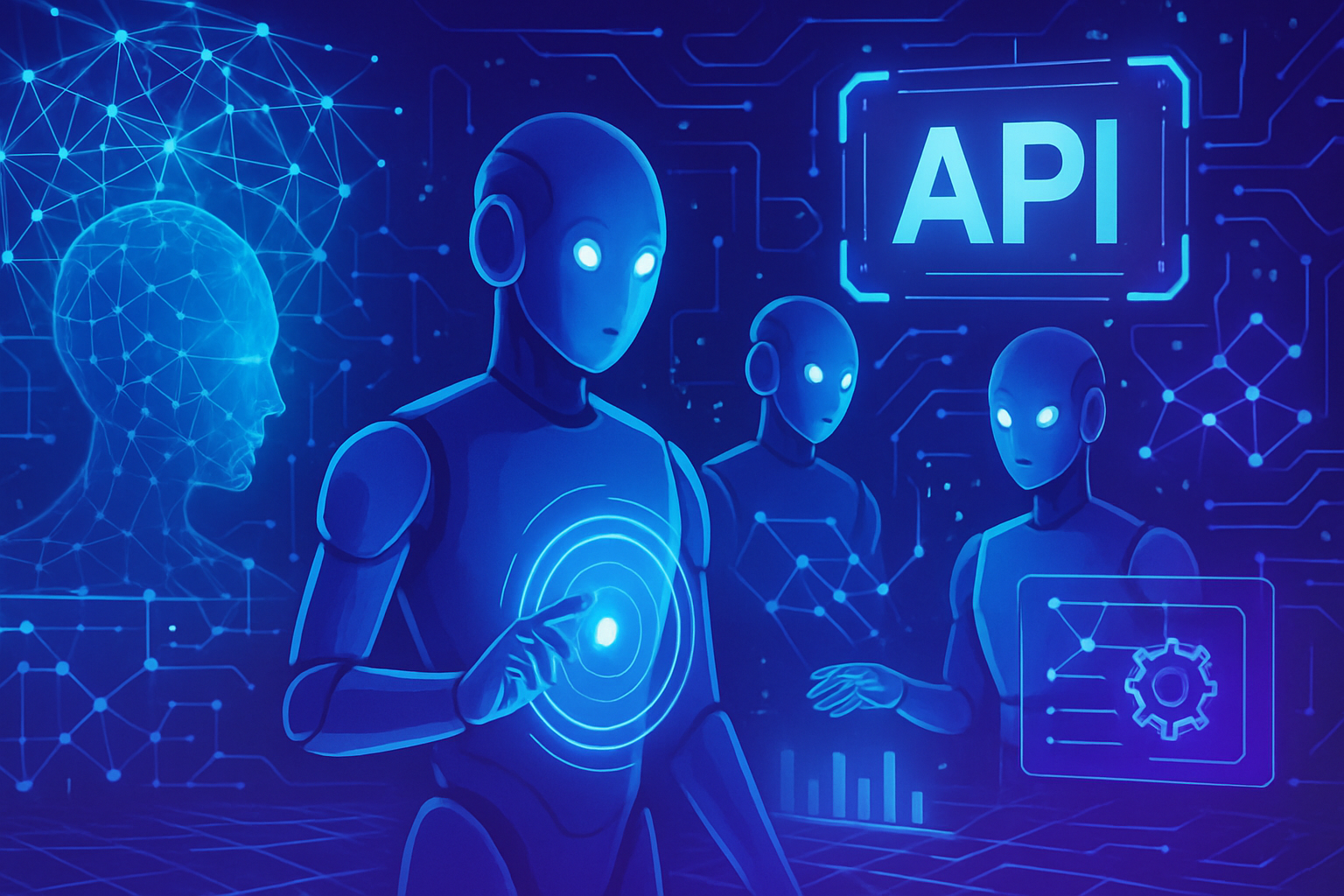Artificial intelligence is redefining the boundaries of professional productivity, paving the way for innovative applications. Revolutionizing your productivity with effective AI requires adopting tools that optimize your time management. The synergies between different bots allow for the automation of repetitive tasks while enriching your creative process. By integrating these advanced technologies, you transform your work methods and achieve unmatched levels of efficiency. Intelligent digital assistants transcend simple automation, engaging in complex interactions that support your professional goals.
Artificial Intelligence and Productivity
Applications of artificial intelligence are becoming essential tools for optimizing productivity at work. Innovative features enable professionals to save significant time while improving the quality of their work. The effects of these technologies are particularly evident in note-taking, information organization, and task management.
NotebookLM: A Revolutionary Digital Assistant
NotebookLM, designed by researcher and author Steven Johnson, perfectly illustrates this evolution. Developed by Google Labs, this note-taking tool uses language models to organize, summarize, and answer questions based on information provided by the user. Johnson describes this tool as a means to grasp knowledge, facilitating access to ideas and concepts that were previously difficult to extract.
Users can create a new “notebook” for a project and upload up to 50 sources, including PDF files, audio, and Google documents. This feature allows for the extraction of summaries from long audio recordings or research work in just a few minutes, providing substantial time savings and thus reducing the cognitive load associated with information analysis.
Practical Application of AI in Collaborative Tools
Notion, a productivity platform, also integrates artificial intelligence tools. By offering a multitude of note-taking, planning, and project management templates, this solution caters to teams looking to collaborate effectively. AI capabilities assist in reorganizing priorities and forecasting future tasks.
However, Notion’s complex interface can sometimes intimidate new users. Testing features may give the impression of procrastination rather than encouraging productivity. The power of these tools truly reveals itself when multiple users collaborate, while individuals may struggle to take advantage of all the options offered.
Capacities: A New Method of Organization
Another notable tool is Capacities, launched in 2022. This application revolutionizes digital organization by replacing the traditional file and folder system with “objects”, such as books or web links. With this system, users can create links between objects and reorganize their notes as they accumulate, allowing for better rediscovery of relevant information.
Although Capacities promises long-term adaptability, it requires a certain commitment from the user to fully appreciate its benefits. Its founder, Steffen Bleher, defines Capacities as a lifestyle choice, relevant in both professional and personal contexts.
Task Automation with Reclaim.ai
Reclaim.ai is also an example in the field of productivity. Synchronized with Google Calendar, this tool optimizes meeting scheduling while integrating appropriate breaks. By allowing users to schedule daily habits, Reclaim.ai helps establish productive routines, although its ability to create additional hours in a day remains limited.
The advancements of artificial intelligence agents offer encouraging prospects for easing professionals’ workloads. Companies like Anthropic and Superhuman are developing models that could make decisions and perform actions without human intervention, thus transforming the interaction with productivity tools.
Challenges and Future Perspectives
Despite these innovations, some challenges persist. Users must navigate between the efficiency and complexity of artificial intelligence tools while avoiding confusion between productivity and activity. Experts point out that an excessive focus on technology usage could lead to frustration or information overload, far from initial objectives.
Assessing the outcomes and impact of technologies on professional activities requires maintaining attention on the balance between technological tools and the mental health of users. The emergence of AI agents could also radically redefine how work is organized, pushing towards widespread adoption of artificial intelligence.
Social and Technological Implications
As we approach a growing adoption of artificial intelligence across various industries, reflection on the ethical and social implications of these tools is necessary. The ability of AI to replicate human behaviors raises questions regarding regulation and impact on employment.
Companies must remain vigilant concerning the integration of AI into daily processes, as while these tools have the potential to increase efficiency, they could also exacerbate existing social challenges. The need for appropriate regulation and education on the use of these technologies becomes essential in this context.
Frequently Asked Questions
How can artificial intelligence applications improve my productivity at work?
Artificial intelligence applications can automate repetitive tasks, synthesize information, and optimize processes, allowing professionals to focus on higher-value tasks.
What are the essential characteristics of an AI bot to increase productivity?
An effective AI bot should be able to quickly process and analyze data, provide accurate responses, learn from past interactions, and easily integrate with other tools used in your work environment.
Can all sectors benefit from AI to boost productivity?
Yes, artificial intelligence can be applied in many sectors, such as human resources, marketing, finance, and customer service, by adapting AI solutions to the specific needs of each area.
How can we measure the impact of AI on productivity?
The impact can be measured by analyzing time savings, error reduction, increased output, employee satisfaction, as well as evaluating the quality of decisions made thanks to automation and data analysis.
Is integrating multiple AI bots in one system beneficial?
Yes, enabling communication between multiple AI bots can create a smarter ecosystem, where each bot complements and shares data to optimize teamwork processes and improve decision-making.
What types of tasks can an AI bot manage effectively?
An AI bot can handle tasks such as email management, meeting scheduling, report generation, and customer service, thereby relieving employees’ workloads.
Do AI applications require specific training to be used effectively?
Some AI applications do not require extensive training, while others may benefit from training sessions to maximize their use and take advantage of all their features.
What are the best practices for working with AI bots?
Best practices include clearly defining goals, using quality data for training, continuously evaluating bot performance, and maintaining open communication with users to receive feedback.
What challenges must be overcome when implementing an AI solution?
Challenges include resistance to change, the need for adequate technological infrastructure, data management, and vigilance regarding ethics and privacy when using AI tools.
Do artificial intelligence applications replace human jobs?
While AI can automate certain tasks, it does not fully replace jobs. On the contrary, it changes the nature of work, allowing employees to focus on more strategic and creative tasks.






